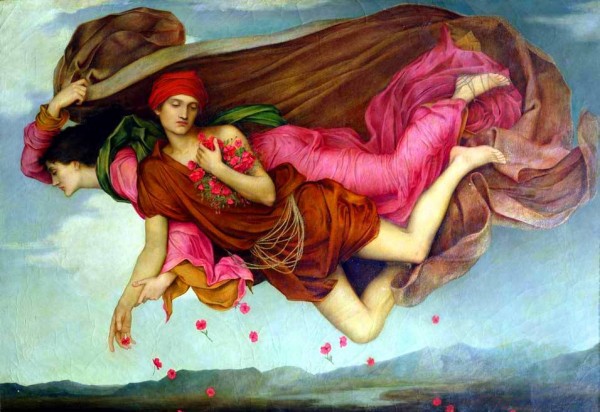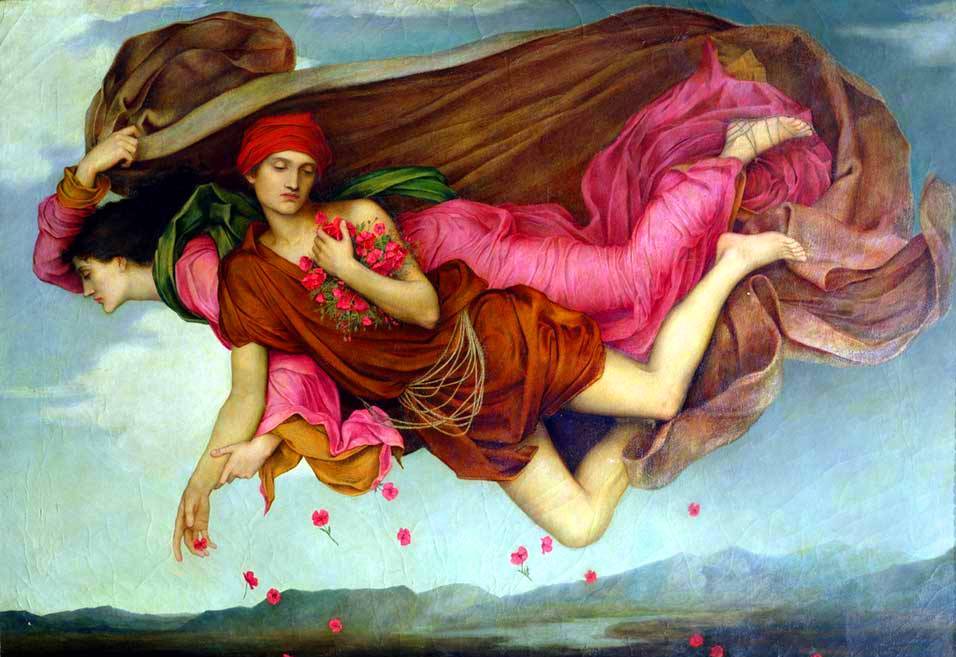
Every night, I fall asleep to a playlist titled “Jewish Sleep Music.” Once upon a time, as a child, it consisted of mainly Kol B’seder’s covers of melodies that I’d learned in Hebrew School, like Shalom Rav and Oseh Shalom. At the time, before I really knew what their lyrics meant, the songs relaxed me because of their soothing melodies and Kol B’seder’s somniferous voices. With repetition, though, the songs became a part of my routine, deeply ingrained in that part of my mind that is active when I am most relaxed, in that moment between sleep and wakefulness. I came to know the words well, and though there were many which were unfamiliar to me when I began davening, I knew these intimately by the time I started praying with them. As I grew and learned more songs, my playlist kept pace. When I was in J-Site (a High School version of Hebrew School), I learned O’zi v’Zimrat Yah, and that appeared on the playlist. My father once played me an album of Neshama Carlbach covers of various songs, including some penned by her father, the famous Shlomo Carlbach, and some of these appeared on my sleep music list. Once I started taking Yiddish classes, Yiddish lullabies and other songs began to appear. The list keeps growing, and nothing relaxes me like it. Even on anxious, insomniac nights, when I’ve tried so-called “scientifically-tested” sleep soundtracks with names like “Bedtime Beats”, the only thing to really calm me has been “Jewish Sleep Music”.
What is it about this music that makes it so powerful? Certainly there is power in music itself; all of my close friends in high school were musicians and often claimed as much. Clearly, though, not just any music has as palpable an effect on me. I certainly like other songs—90% of my iPod (although increasingly less, the more tunes I learn in Yiddish class) is composed of music that has nothing to do with anything Jewish. Yet only the “Jewish” songs have had such a profound effect on me. This applies to more areas than just sleeping. Singing after benching on Shabbat with others is often a highlight of my Friday night, Kabbalat Shabbat is my favorite service because of all the music, and my most powerful epiphany occurred while dancing to Klezmer during the Krakow Jewish Culture festival. If these are not indications of the power of this music, I don’t know what is.
As I reflected upon this, I read Jeffery Weinstock’s powerful article in Tablet last week about how the Yiddish folk song “Bie Mir Bistu Shein” reminded his mother of her father, who sang it often. When the mother had a stroke and was in the I.C.U., Weinstock sang the song to her, and it brought her noticeable joy, despite her deteriorating condition. When she passed away, he played it to remind himself of her, and it was one of the only things that brought him comfort as he grieved. “Bie Mir Bistu Shein” linked Weinstock’s mother to her father, and now links Weinstock to his mother. I think this is what I find so powerful in so-called “Jewish” music: it links Jewish communities together. Granted, not every Jew, including myself, knows every song, not every song that is a part of my tradition is a part of everyone’s, and not every Jew who shares the same songs sings them in the same tune or in the same way. But all these “Jewish songs” are nonetheless products of a Jewish community, and as such, they link us together. They are so powerful because they hold the power of peoplehood within them. When I’m not having a restful night, I’m able to sleep listening to this music, because I am constantly reminded that I’m part of something much larger than just myself.
Dani Plung is a student at the University of Chicago.

